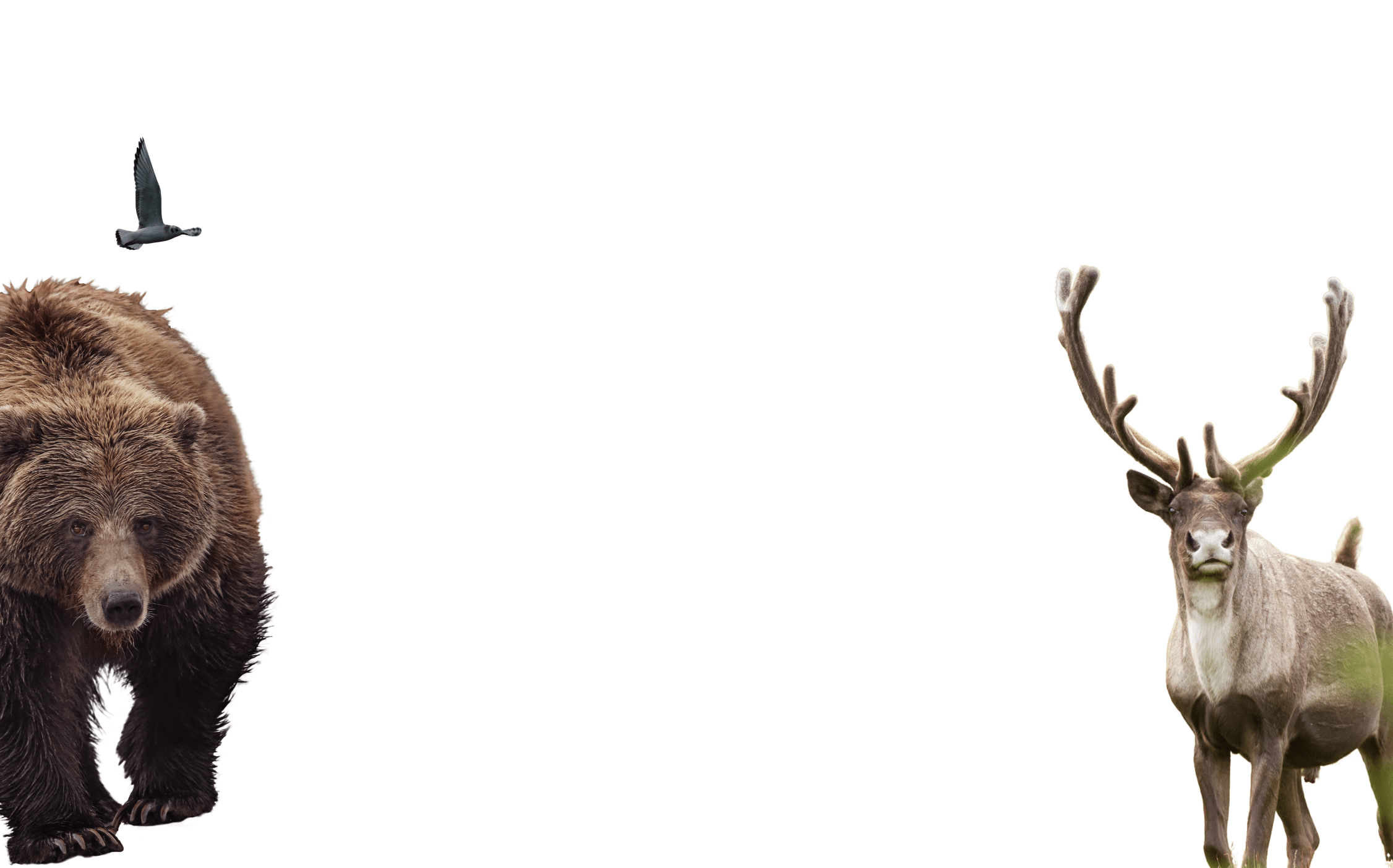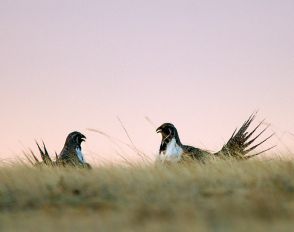
The loss of an ecosystem: an update on the perilous plight of sage-grouse
February 10, 2025
- •
- •
- •
Losing sage-grouse would be tragic, and it would be more than just the loss of an iconic species.
By Ruiping Luo
Read the PDF version here.
Alberta’s greater sage-grouse numbers are desperately low, with a count of only 20 males in the spring of 2024, and an estimate of between 40 to 60 individuals left in the province.
These are not the numbers of a recovering population, despite over a decade of efforts and millions of dollars in funding towards breeding and translocation programs. At best, these programs are keeping the sage-grouse on the land, improving their chances of recovery. At worst, they are taking valuable resources away from the most important action in protecting sage-grouse: habitat conservation.
“Had they put that money into land acquisition and habitat acquisition and habitat protection and … all those things that would benefit the habitat,” Dr. Mark Boyce, Professor of ecology and conservation at the University of Alberta, told me. “They would have done so much more.”
Not that the importance of habitat has been entirely ignored. The federally imposed Emergency Protection Order was effective at stopping new oil development, preventing further habitat loss. The Government of Alberta has made progress on predator control, eliminating old, abandoned farmsteads that ravens and great-horned owls use, and reducing attacks on sage-grouse.
But these actions have not been enough. Sage-grouse prefer diverse, heterogenous landscapes with little human disturbance, a rapidly disappearing land type. Even without new development, thousands of oil wells are still scattered across the region, and hundreds of kilometres of roads, fences and powerlines fragment the landscape. Worse, outside designated critical habitat and the protection of the Emergency Protection Order, developments continue, leaving the area of available habitat smaller and smaller. Alberta’s sage-grouse range has already declined by over 90 percent, and a 2007 study by Aldridge and Boyce found only five to 10 percent of their core range to be an attractive and high-quality nesting environment, severely limiting sage-grouse survival and recovery.
“We need to do everything we can to protect what habitat we have and to improve habitat,” Dr. Boyce emphasized. This includes removing fences, oil wells, powerlines, roads, and raptor perches, and working to reclaim the degraded lands. Importantly, it also means not allowing any more oil and gas, mining, helium or other industries into the remaining habitat.
Losing sage-grouse would be tragic, and it would be more than just the loss of an iconic species. Canada’s sage-grouse are unique, differing from their relatives in the south; they are adapted to silver sagebrush habitat, instead of big sagebrush like most of the United States population. More broadly, the loss of sage-grouse is an indication of ecosystem health and shows how we are affecting the environment. Sage-grouse could only be the first of many species that we could lose.
We still have a chance. If we act now — if we funnel our resources into protecting and restoring this vulnerable habitat — we can keep sage-grouse from disappearing, but only if we are willing to prioritize habitat conservation over industry.
Because, as Dr. Boyce put it, “It’s the habitat, stupid.”
